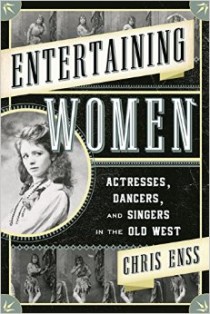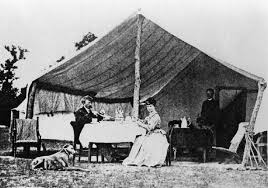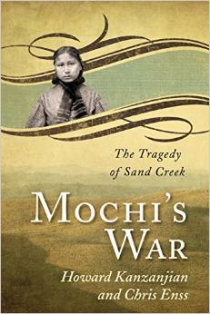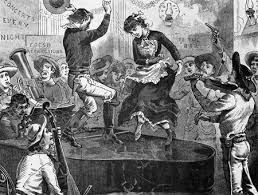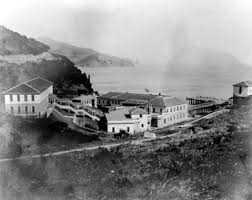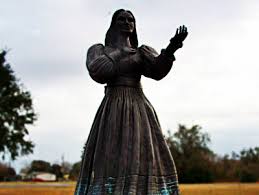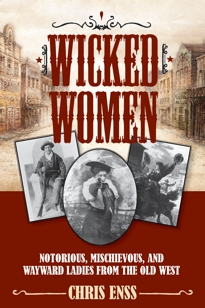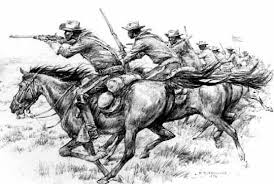FOR IMMEDIATE RELEASE
CONTACT: Richard Fike
(970) 240-3400
“SIXTH ANNUAL TRIBUTE TO WESTERN MOVIES DAY”
The Museum of the Mountain West announced the Sixth Annual Tribute to Western Movies Day event for Saturday, June 13, 2015, from 9:00 a.m. to 3:00 p.m. The theme of “Women of the Old West & in Western Film” will feature New York Times best selling author, scriptwriter and comedienne Chris Enss. Her passion for telling the stories of the men and women who shaped the history and mythology of the American West is sure to entertain and delight attendees of all ages.
Gunfights, souvenirs, strollers in period dress, food, a working blacksmith, numerous musical entertainers, and many more attractions too numerous to list, will be on hand to entertain, excite and educate. These are all in addition to the Museum’s regular displays of 25 original buildings, over 500,000 original relics, artifacts, and items of historical significance. Housed in the 10,000 square foot main building is an historic post office, doctor’s and dentist’s offices, drug store, saloon, dry goods store and many more fascinating displays from the past. From the 1913 German Lutheran Church to the 1890 school to the 1882 Denver & Rio Grande Railroad Section House, you will be captivated at life as it was over a century ago.
Come and spend a fun-filled leisurely day learning more about this wonderful area in beautiful southwestern Colorado. Admission is only $10 for the entire day for adults, $5 for school age children and $25 for an immediate family. Better than a television documentary, it is real live history in our own backyard.
Step back in time into the real history of the “Old West” and Western Colorado with a visit to the Museum of the Mountain West in Montrose, Colorado. Food and craft vendor applications available AND volunteers needed. Major sponsors include Montrose County, City of Montrose Office of Business and Tourism, and Alpine Bank.
For additional details, visit www.museumofthemountainwest.org or call 970-240-3400.
###

